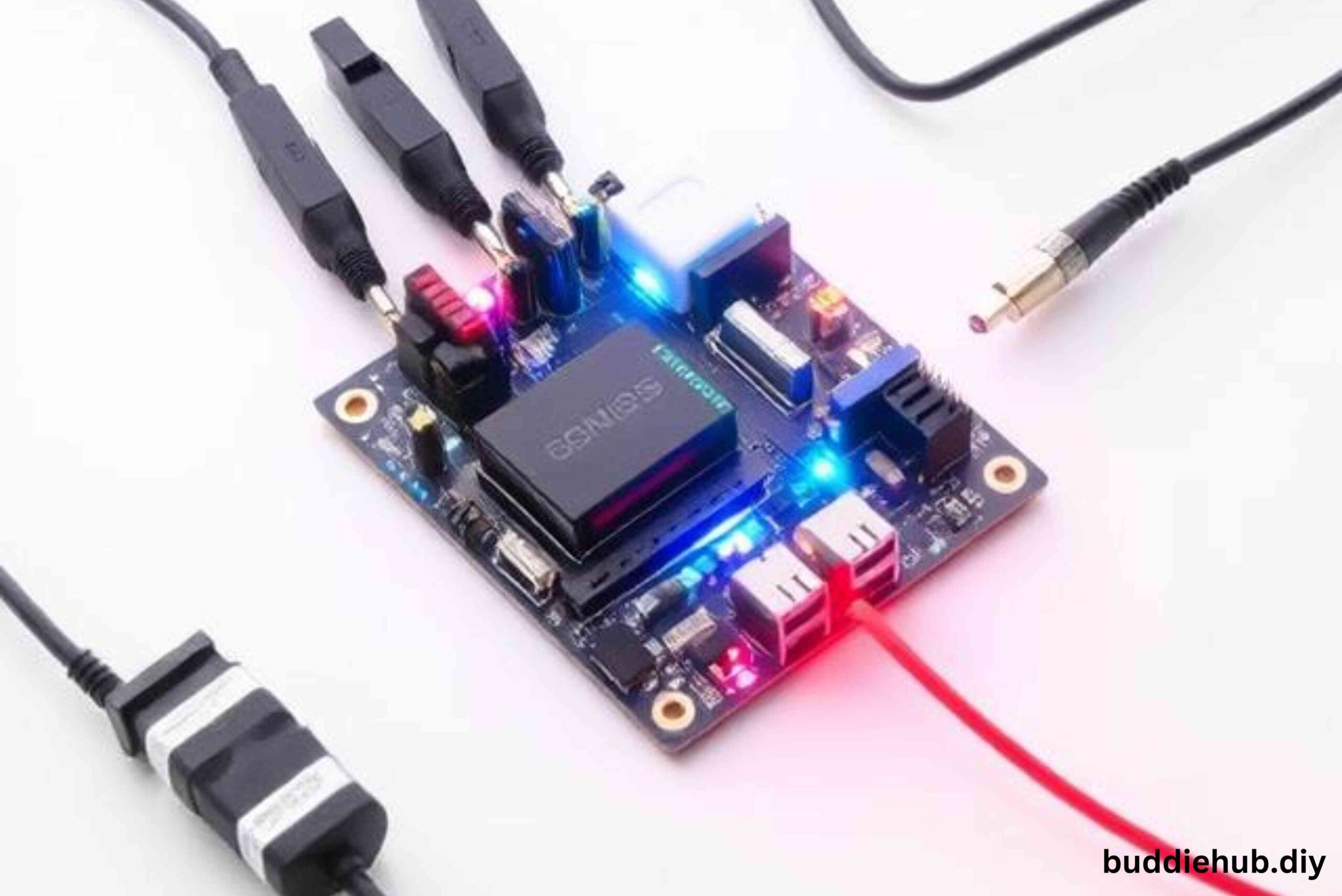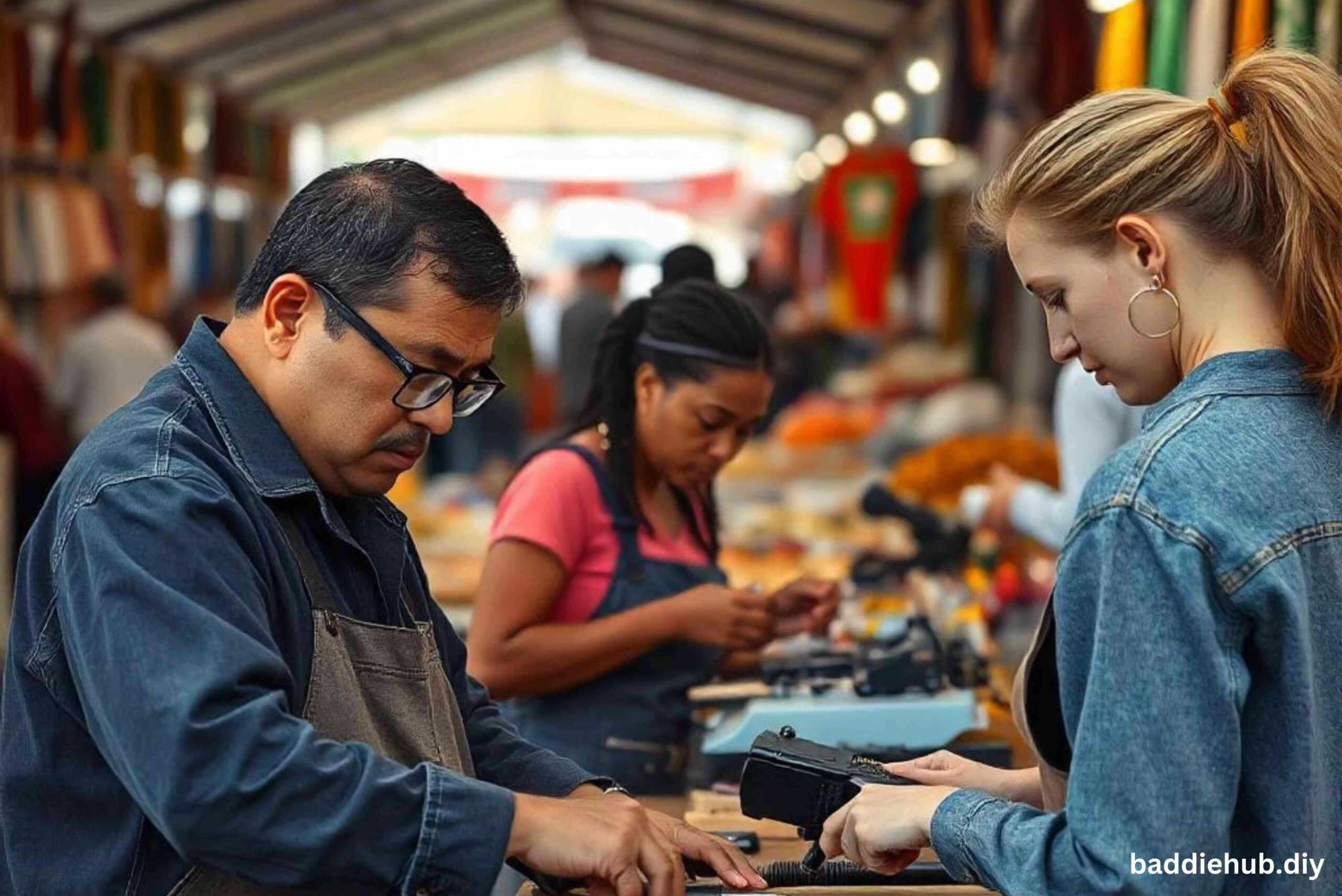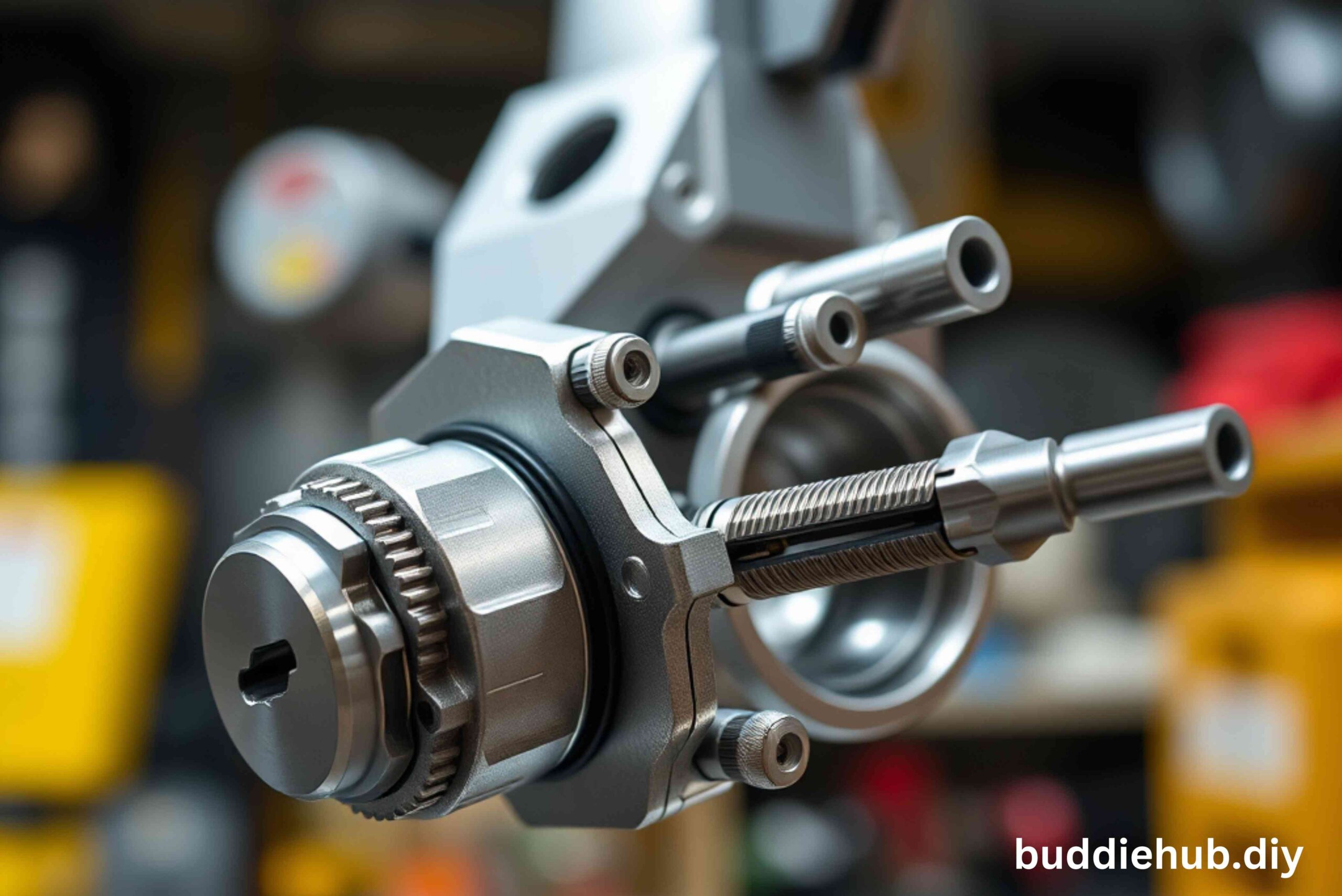The backout lunge tech atlas is a powerful exercise technique that can elevate your strength and mobility in ways you might not expect. Whether you’re someone looking to increase their flexibility, build strength, or improve overall body control, this exercise offers a holistic approach. But what exactly is the backout lunge tech atlas, and how can you master it?
In this guide, we’ll dive deep into the benefits, the technique, and the key points you need to know to excel at this amazing exercise. So, grab your mat and get ready to level up your fitness game!
Introduction to Backout Lunge Tech Atlas
Imagine trying to complete a workout routine that engages multiple muscle groups while improving your flexibility, balance, and coordination. Sounds ideal, right? That’s where the backout lunge tech atlas comes in. This technique combines the best of lunges with a focus on mobility and strength, helping you target key areas in your lower body while enhancing overall body control.
Whether you’re a fitness enthusiast or just beginning, mastering this technique can transform your approach to fitness.
What is the Backout Lunge Tech Atlas?
The backout lunge tech atlas is a dynamic movement that involves stepping backward into a lunge position while engaging the core and maintaining proper posture. This movement challenges your balance, flexibility, and strength, all while targeting muscles like your glutes, quads, hamstrings, and calves.
This exercise is different from traditional lunges because of its focus on controlled movement, balance, and depth. It incorporates elements from mobility drills, making it an excellent choice for anyone looking to work on functional fitness, especially in terms of stability and flexibility.
Benefits of the Backout Lunge Tech Atlas
So, why should you add the backout lunge tech atlas to your workout routine? Here are some of the major benefits:
Strengthens Key Lower Body Muscles
The backout lunge targets multiple muscle groups at once, including the quads, glutes, hamstrings, and calves. Regular practice will result in stronger legs and improved endurance.
Improves Mobility
If you struggle with stiff hips or tight hamstrings, the backout lunge can help. It encourages hip flexibility and ankle mobility, which are critical for overall mobility.
Enhances Balance and Coordination
By engaging your core and working on controlled movements, the backout lunge improves your balance and coordination, both of which are key components for functional strength.
Increases Stability
This exercise enhances stability by teaching your body to engage stabilizer muscles in your legs and core, resulting in better control during various physical activities.
The Perfect Posture: How to Set Up for the Backout Lunge
The setup is crucial for maximizing the benefits of the backout lunge. Let’s break it down step by step:
- Start in a Standing Position: Stand with your feet shoulder-width apart, arms by your sides.
- Step Back: Take a step back with one foot, lowering your back knee toward the ground.
- Engage Your Core: Keep your torso upright, engage your core, and ensure your back is straight.
- Bend Your Front Knee: The front knee should form a 90-degree angle. Ensure it’s not extending past your toes.
- Pause and Return to Start: Hold the lunge position briefly, then return to the standing position. Repeat on the other leg.
This posture ensures that you maintain control and get the most out of your movement.
Breaking Down the Technique
The key to mastering the backout lunge tech atlas lies in the technique. Let’s go through it one more time with some detailed insights:
- Take a Step Back with Purpose: Unlike a regular lunge, the backout lunge requires you to step backward deliberately. This helps you engage your hip flexors and glutes more effectively.
- Controlled Descent: As you lower your back knee, aim to do so in a controlled manner. This challenges your muscles more than simply dropping into the position.
- Proper Knee Alignment: Keep your front knee in line with your foot, avoiding any inward or outward bending. This protects your joints and maximizes the effectiveness of the lunge.
- Return with Power: Push through your front heel to return to standing, ensuring that you are using glute and hamstring strength.
Common Mistakes to Avoid
When performing the backout lunge, it’s easy to fall into a few common traps. Here are some things to keep in mind:
- Letting the Knee Collapse: Don’t let your front knee cave inward. Focus on pushing it outward and in line with your foot.
- Rounding the Back: Maintain a neutral spine throughout the movement to prevent back strain.
- Leaning Forward: Avoid leaning too far forward over your front knee. Keep your chest upright for proper balance.
- Not Engaging Your Core: Your core should remain engaged throughout the movement for optimal stability and safety.
Incorporating the Backout Lunge into Your Routine
Adding the backout lunge to your workout routine can be simple. Here are a few ideas for incorporating it:
- Warm-Up: Use the backout lunge as part of your warm-up routine to activate your muscles and get your body ready for a workout.
- Leg Day: Incorporate the backout lunge alongside squats, lunges, and other lower body exercises for a full leg workout.
- Mobility Training: Include it in your mobility-focused sessions to improve your flexibility and hip mobility.
Backout Lunge Variations for Advanced Athletes
Once you’ve mastered the basic backout lunge, you can level up with these variations:
- Weighted Backout Lunge: Hold dumbbells or a barbell to increase resistance.
- Jumping Backout Lunge: Add a jump to each lunge for a plyometric challenge.
- Single-Leg Backout Lunge: Perform the movement on one leg to further challenge your balance and coordination.
Enhancing Flexibility with the Backout Lunge
The backout lunge isn’t just for building strength – it’s also excellent for improving flexibility. As you lower your back knee and stretch forward, you’ll experience a gentle stretch in your hip flexors and calves, which will help increase your range of motion.
Building Lower Body Strength Through the Backout Lunge
If you’re looking to build stronger legs, the backout lunge is an excellent addition to your routine. By targeting the glutes, quads, and hamstrings, you’re not only improving strength but also enhancing joint health and stability.
Using the Backout Lunge for Mobility and Coordination
Incorporating the backout lunge regularly can significantly improve both mobility and coordination. This is because it requires you to move dynamically, engage various muscle groups, and control your body’s position throughout the movement.
Using Props and Tools to Improve Your Backout Lunge
To further enhance your performance and technique, consider using props such as resistance bands or a stability ball. Resistance bands can help increase the difficulty of the movement and improve strength, while a stability ball can assist with balance.
Creating a Balanced Workout Plan with Backout Lunges
A balanced workout plan includes exercises that target all areas of the body. Backout lunges are fantastic for engaging the lower body, so pair them with upper body exercises like push-ups or overhead presses for a full-body workout.
Understanding the Science Behind the Backout Lunge
The backout lunge works through controlled movements that emphasize muscle activation and joint mobility. By focusing on strengthening stabilizing muscles and improving your range of motion, you’re building a foundation for long-term physical health.
Conclusion: Why Backout Lunges Should Be Part of Your Routine
Mastering the backout lunge tech atlas isn’t just about improving strength; it’s about enhancing your overall fitness, mobility, and balance. By incorporating this exercise into your routine, you’ll see improvements not only in your legs but also in your core stability and flexibility.
Whether you’re a beginner or an experienced athlete, the backout lunge is an essential tool for mastering functional movement.
FAQs
- What makes the backout lunge different from a regular lunge? The backout lunge involves stepping backward instead of forward, which targets different muscles and improves balance and mobility.
- Can beginners perform the backout lunge? Yes, beginners can start with bodyweight backout lunges and gradually increase intensity as they become more comfortable.
- How often should I do backout lunges? Aim for 2-3 times a week, incorporating them into your lower body workout or mobility routine.
- Can backout lunges improve flexibility? Absolutely! Backout lunges stretch your hips and calves, enhancing flexibility over time.
- Are backout lunges good for building strength? Yes, they are excellent for strengthening the quads, glutes, hamstrings, and calves.





